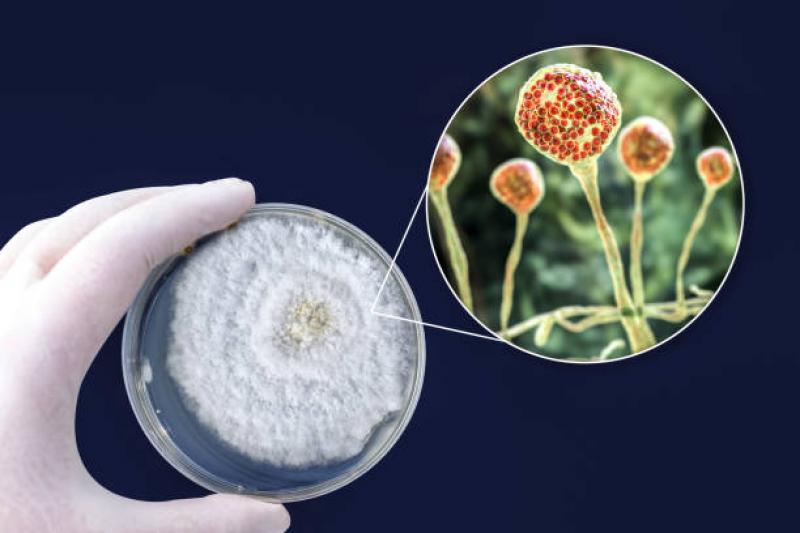Bacterial Sialadenitis Market: Understanding the Landscape, Diagnoses, Treatments, and Future Prospects
Bacterial sialadenitis is a relatively uncommon but potentially serious condition characterized by inflammation of the salivary glands due to bacterial infection. The condition primarily affects the major salivary glands, including the parotid and submandibular glands, and can lead to painful swelling, impaired salivary flow, and complications if left untreated. The bacterial sialadenitis market encompasses various aspects, including epidemiology, etiology, diagnostics, treatment options, and ongoing research for better management and patient outcomes.
Epidemiology and Etiology
Bacterial sialadenitis can affect individuals of all ages, but it is more prevalent in older adults and individuals with underlying medical conditions that compromise their immune system or salivary gland function. The condition commonly results from obstruction of the salivary duct, which can occur due to factors such as salivary gland stones, dehydration, medications that reduce saliva production, or mechanical trauma.
The most common bacterial pathogens implicated in sialadenitis are Staphylococcus aureus and anaerobic organisms, although other bacteria, such as Streptococcus species, can also be involved. In some cases, the infection may be polymicrobial, involving multiple bacterial species.
Diagnosis and Clinical Presentation
Diagnosing bacterial sialadenitis involves a combination of clinical evaluation, medical history review, and diagnostic tests. Patients typically present with symptoms of pain, swelling, and tenderness in the affected salivary gland area. The skin overlying the inflamed gland may appear red and warm to the touch. In severe cases or if the infection has spread, patients may experience fever and general malaise.
To confirm the diagnosis, healthcare providers may perform various tests, including salivary gland ultrasound, which can help visualize the presence of salivary gland stones or ductal obstruction. Additionally, fine-needle aspiration may be done to obtain a sample of the infected material for analysis and culture, aiding in the identification of the causative bacteria.
Treatment Options
The management of bacterial sialadenitis involves both conservative and pharmacological approaches. Initial treatment often focuses on supportive measures, such as adequate hydration, warm compresses to reduce swelling, and encouraging saliva flow through lemon drops or chewing gum. Antibiotic therapy is the mainstay of pharmacological treatment and is prescribed based on the identified bacteria and their sensitivity to specific antibiotics.
In severe cases or those unresponsive to conservative treatment, surgical intervention may be necessary. Procedures such as incision and drainage or sialolith removal may be performed to relieve obstruction and aid in the resolution of infection.
Market Landscape and Current Therapeutic Options
The bacterial sialadenitis market is relatively niche, given the condition's limited prevalence and specific etiology. As a result, there are no specific drugs or therapies approved solely for the treatment of bacterial sialadenitis. Instead, treatment approaches are adapted from broader principles of managing bacterial infections and salivary gland disorders.
Antibiotics, including penicillin-based drugs, cephalosporins, and clindamycin, are commonly prescribed to target the causative bacteria. However, the rise of antibiotic resistance poses a challenge in effectively managing bacterial sialadenitis, necessitating ongoing research and development of new antimicrobial agents.
In terms of surgical interventions, advancements in minimally invasive procedures have improved patient outcomes and reduced the need for extensive surgical interventions. Techniques such as sialendoscopy, which allows for endoscopic examination and intervention within the salivary ducts, offer a more targeted approach to treating salivary gland stones and improving salivary flow.
Ongoing Research and Future Prospects
Despite its relatively low prevalence, ongoing research and studies are essential to enhance the understanding of bacterial sialadenitis and explore potential avenues for improved management.
One area of interest is the development of novel antibiotics or antimicrobial agents that target the specific bacteria implicated in sialadenitis while minimizing the risk of resistance. Additionally, the exploration of alternative treatment modalities, such as probiotics or immunomodulatory therapies, may offer new possibilities for managing the condition.
Moreover, advances in imaging techniques and diagnostic tools may lead to earlier and more accurate diagnosis, facilitating prompt initiation of appropriate treatment and reducing the risk of complications.
The bacterial sialadenitis market encompasses various facets, from the understanding of its epidemiology and etiologic to the current treatment options and ongoing research. Although bacterial sialadenitis is a relatively uncommon condition, its impact on affected individuals can be significant, leading to pain, discomfort, and potential complications if not managed promptly and effectively. As research and technology continue to progress, there is hope for improved diagnostics, targeted therapies, and better outcomes for patients with bacterial sialadenitis. Collaboration between healthcare providers, researchers, and pharmaceutical companies will play a crucial role in advancing the field and providing optimal care for those affected by this condition.
